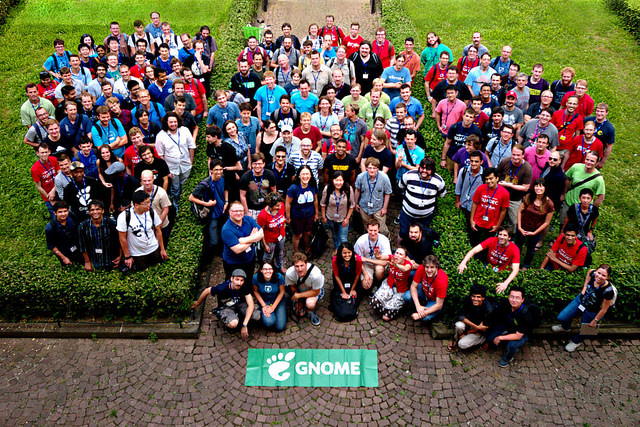Ata agora so empregara como terminal Gnome-Terminal e o bash de toda a vida. O outro día falando con Santi (@ssice) recomendoume zsh así nun momento no que non tiña nada máis (interesante) que facer animeime a probalo e quedei francamente satisfeito. E xa de paso tamén probei un sustitutivo de Gnome-Terminal con nome de película, Terminator.
ZHS
Zsh é un sustitutivo de bash que ten como maior vantaxe (na miña opinion) a súa maior personalización. Hai un monton de extensións para esta shell que permiten obter unha experiencia moito mais interesante que con bash.
Por exemplo podese destacar a posibilidade de que cando a carpeta na que estás sexa un repositorio Git, a shell amose a rama na que estas, e o estado desta rama. Estas cousas é máis pódense facer cos plugins que atopamos en oh-my-zsh. Esta extensión permite de forma sixela modificar o tema activo da shell e incorpora unha importante cantidade de plugins moi interesantes. Outra mellora do ZSH consiste nun mellor autocompletado que permite moverse máis rápido polos directorios.

Na imaxe anterior pode verse o tema que estou empregando de ZSH combinado co esquema de cores Solarized para Gnome Terminal. Pódese ver tamén como a dereita da ventá aparece a rama do repositorio git no que estaba nese intre. Se alguén lle interesa o meu tema podedelo atopar aquí.
Terminator
Terminator é un emulador de terminal que no meu caso substitue a Gnome-Terminal que ten como proncipal caracteristica a posibilidade de dividir a venta tanto vertical como horizontalmente en celas, cada unha coa sua sesión.

Podense asignar atallos de teclado tanto para moverse polas terminais como para dividir a terminal actual tanto vertical como horizontalmente.





